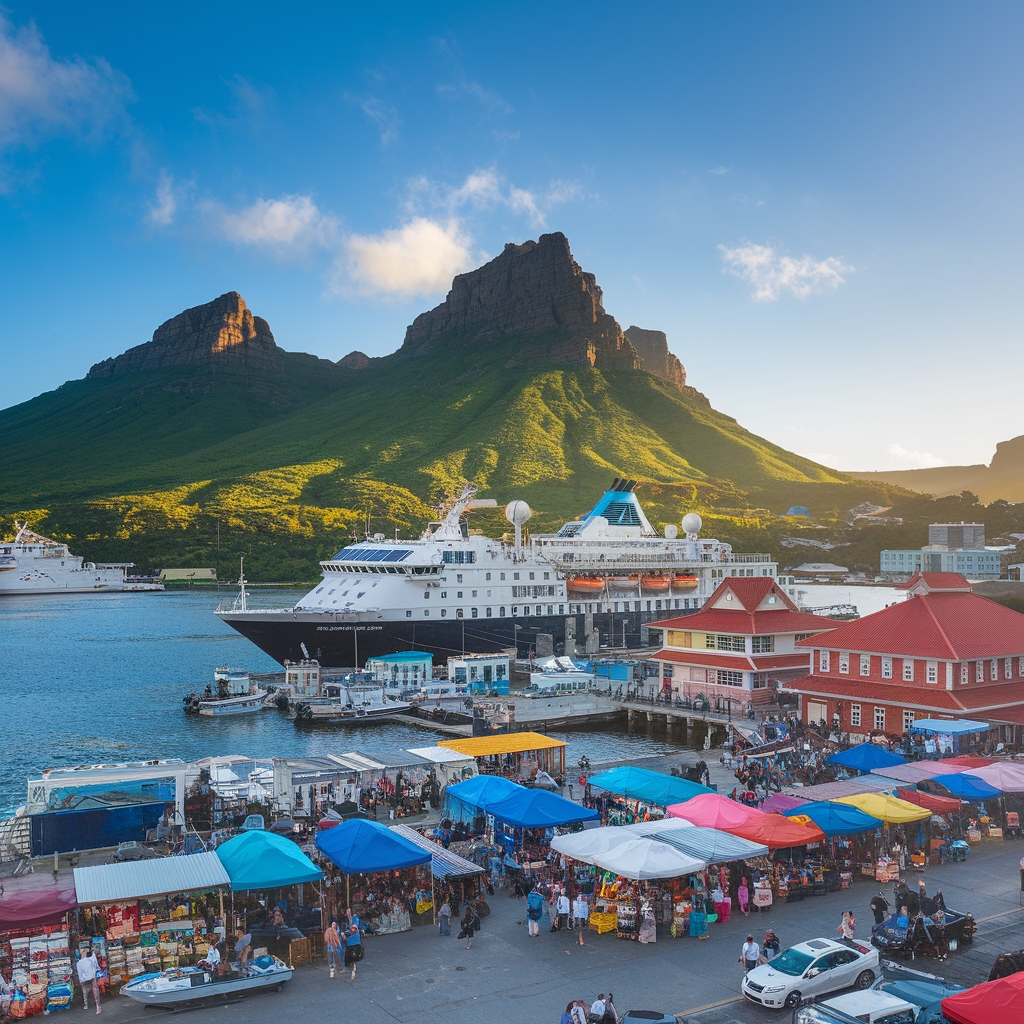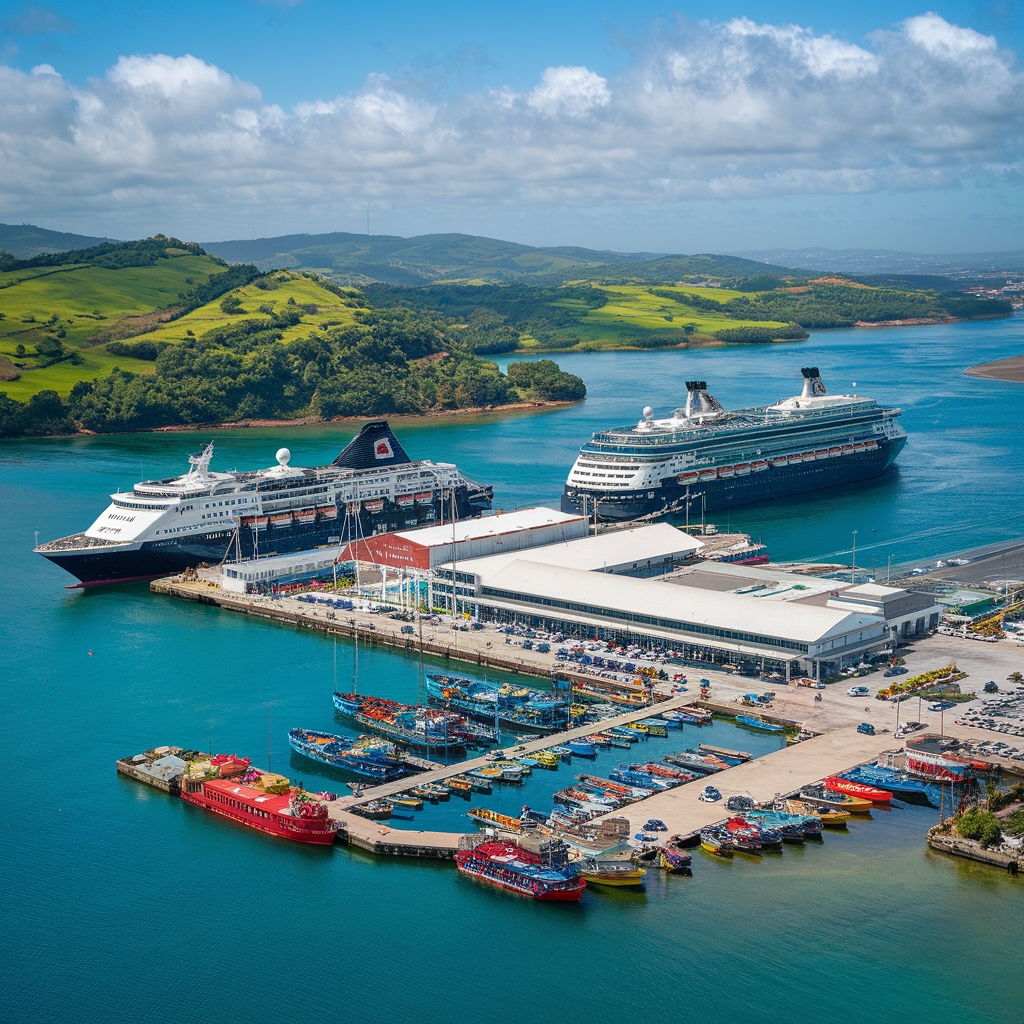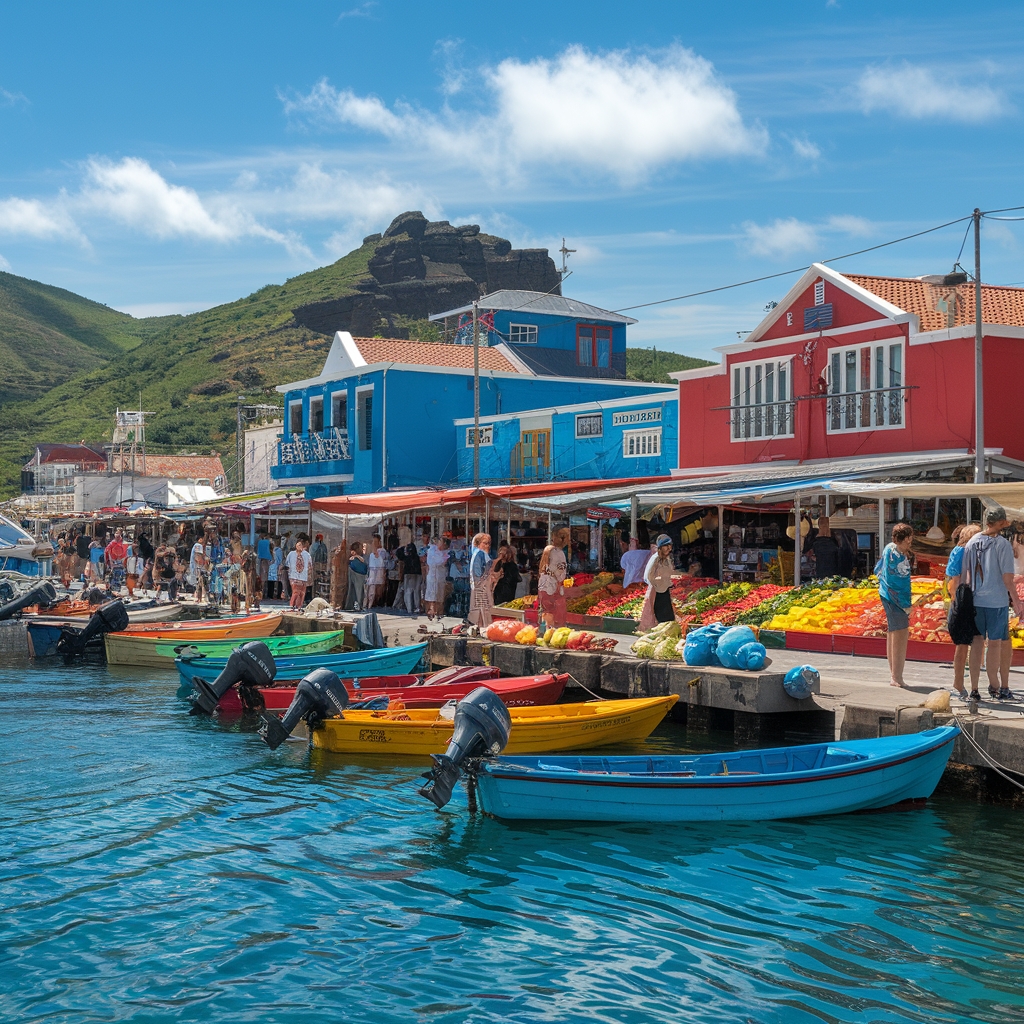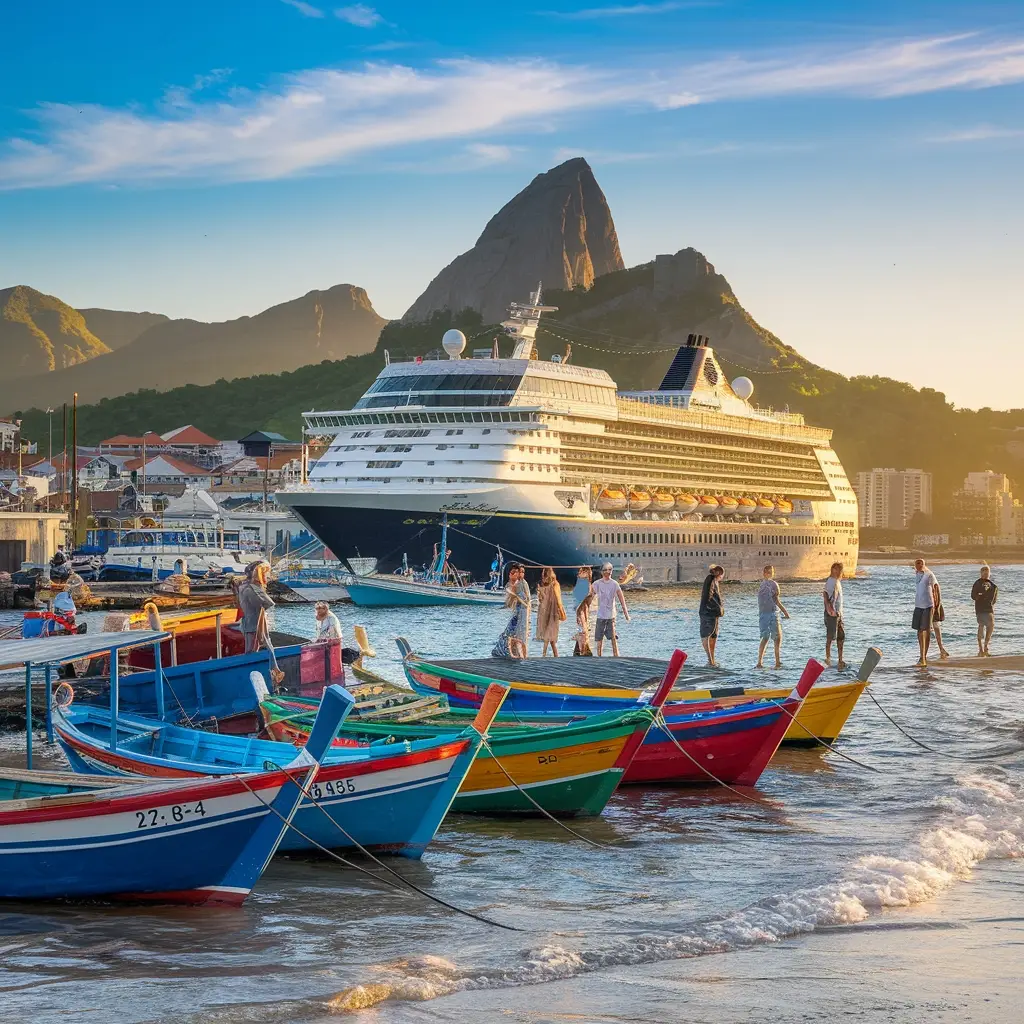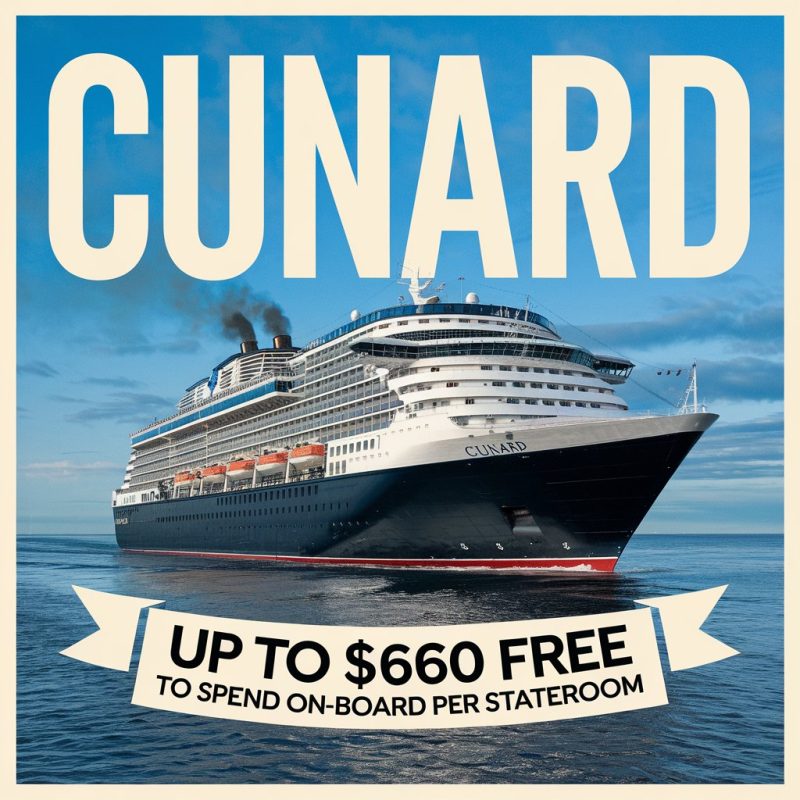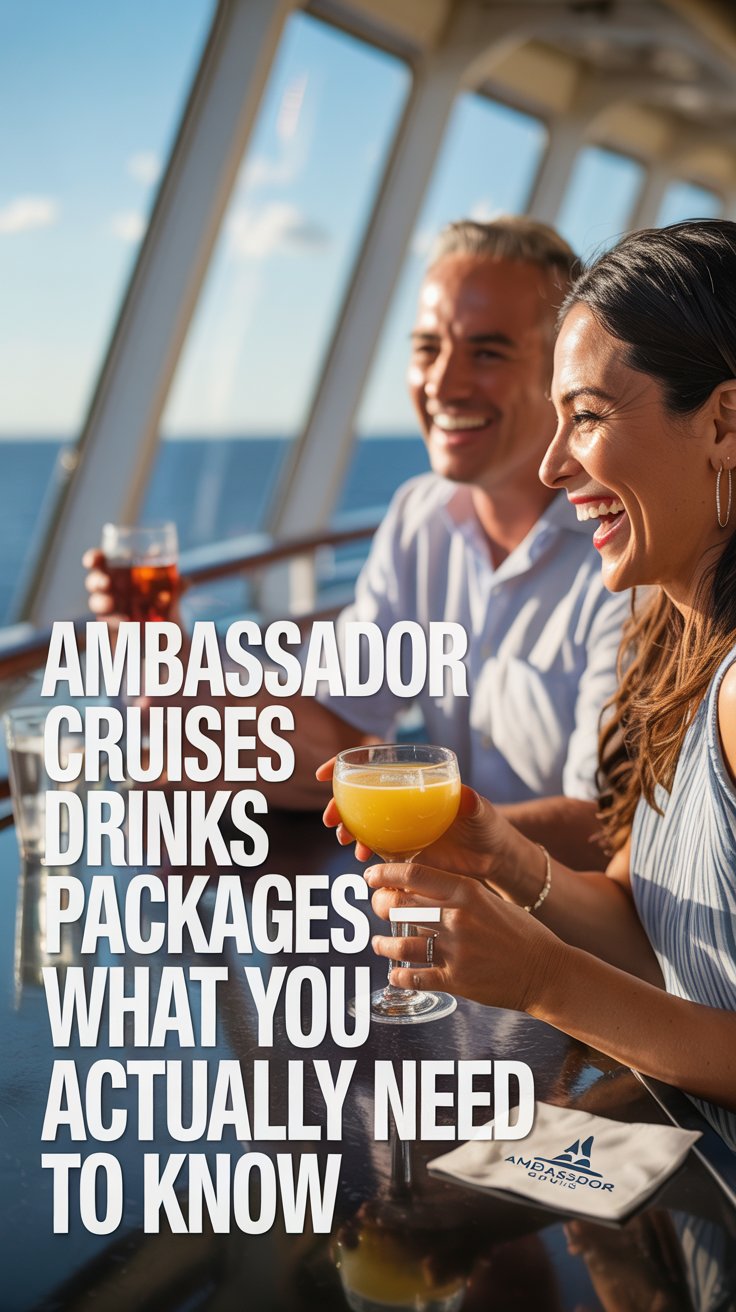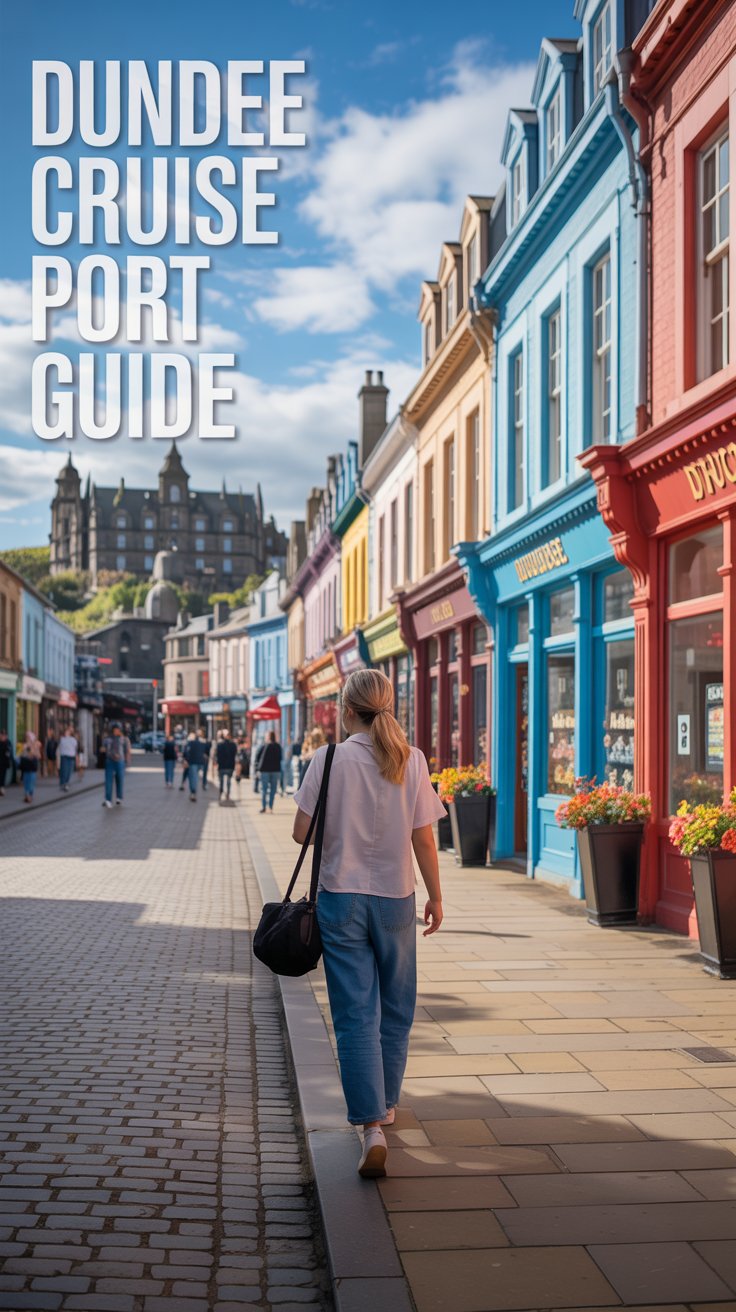Porto Novo’s port has three wharves (45m, 115m, and 135m) with deep water where cruise ships can dock directly.
For other Cape Verde Cruise destinations check out our Cape Verde Cruise Ship Port Guide page.
Just a heads up – you’ll need to use your ship’s gangway since they don’t provide any. The port’s pretty basic with some covered storage areas, nothing fancy.
Once you’re off the ship, Santo Antão is yours to discover – amazing hiking trails, friendly locals with their Creole culture, and don’t miss trying the local cachupa stew and grogue (the local firewater).
Remember to bring cash and pack some comfy shoes – you’ll need them for those old cobblestone streets. The island’s landscapes are jaw-dropping and worth every step!
Map of Porto Novo (Santo Antão) Cruise Ship Port
Porto Novo Port Facilities & Arrival Information
Approaching Porto Novo? You’ll find three wharves to dock at – they’re 45m, 115m, and 135m long after being expanded back in 2013 to handle more ships. The water’s deep enough that you can dock right at the wharf without needing to tender passengers ashore. Just don’t expect a fancy cruise terminal – there isn’t one.
For navigation, you’ve got access to live nautical charts that show Wikipedia points and work with Google Maps. Pretty basic port facilities here – covered warehouse, some refrigeration (not much), and open storage areas. Bring your own gangways though – the port doesn’t provide them, so your ship will need to use its own boarding systems to get everyone off.
Exploring Santo Antão: Mountain Trails & Natural Beauty
Beyond the basic port facilities, Santo Antão opens up as a true hiker’s paradise with jaw-dropping landscapes that’ll make you stop in your tracks. The island’s got amazing trails – from the coastal Cruzinha da Garça path where you can soak in Atlantic views to the tough climb up Tope de Coroa that tops out at 1,979m.
You really shouldn’t skip the green, fertile Paúl Valley with its patchwork of farm terraces or Cova Crater where you’ll spot plants that don’t grow anywhere else in the world. Most hiking routes follow old cobblestone paths that snake through farmland and volcanic landscapes.
Make sure to bring plenty of water – at least 2 liters – and wear proper hiking shoes. It’s worth hooking up with a local guide since trail markers are pretty sparse. The sweet spot for hiking weather is between November and April when it’s not too hot.
Practical Travel Tips for Cruise Passengers
Heading into Porto Novo? It’s definitely more rough-and-ready than fancy! Make sure you’ve got cash on hand – both escudos and euros will work, but don’t count on using your card since most local sellers are cash-only and ATMs can be hard to find.
Smart move: download your maps before you arrive. Trust me, the Wi-Fi situation is pretty dismal.
Pack some comfy, sturdy shoes and keep your outfit on the modest side. Your ship might dock right in town, or you might need to hop on those little tender boats to reach shore.
Watch your timing if you’re booking tours, especially if you’re visiting in November when the place gets swamped with multiple cruise ships.
Don’t forget to drink plenty of water, show some respect for local ways, and always ask before snapping photos of the locals. Those little courtesies make a big difference!
See what’s on offer from the Port of Praia (Santiago) for a different Cape Verde Cruise destination.
Local Culture & Culinary Experiences
Porto Novo’s culture is a cool mix of African, Portuguese, and Creole vibes. Check out the Ethnographic Museum where you can see traditional crafts and religious stuff that tells the story of this unique blend.
Gotta try cachupa – it’s basically Cape Verde’s signature dish. While you’re at it, grab some grogue (the local booze) from family distilleries in Ribeira da Cruz. The beach restaurants serve up some killer fresh seafood too.
For a real taste of local life, catch a funaná music show or watch some Batuko dancing. Want to get your hands dirty? Join a cooking class and learn to make cachupa yourself, or roll up your sleeves and help with the coffee harvest in Paúl Valley – the views alone are worth it.
Seasonal Considerations & Best Times to Visit
Timing your Porto Novo cruise visit can make a real difference in your experience. For the most enjoyable trip, consider visiting between November and May when the weather hovers around a pleasant 75°F with little rain and smooth sailing conditions.
The busy season runs from November through April, when you’ll see about 8 or more cruise ships monthly. Ships like Norwegian Sky typically dock in May. Just a heads-up – popular excursions to the valleys fill up fast, so book those adventures early.
Looking to save some money and dodge the crowds? Try the shoulder seasons in late October or early May. Water temperatures in May reach a comfy 24°C – perfect for taking a dip.
One thing to watch out for: July through September gets pretty wet, with about 80% of the yearly rainfall happening then. This heavy rain means fewer cruise ships visit, and you might have trouble reaching some of the village attractions.
Frequently Asked Questions
Are There Any Endemic Bird Species to Spot on Santo Antão?
Santo Antão’s home to 18 native bird species, and you’ll definitely catch some endemics while you’re there. Keep your eyes peeled for Cape Verde swifts zipping around the coastal cliffs near Tarrafal, or watch for Cape Verde sparrows hopping about in the farmlands close to Porto Novo.
Can Cruise Passengers Stay Overnight in Local Accommodations?
Cruise passengers generally need to be back on board each night. Your fare already covers your cabin and all meals, plus cruise schedules are designed for day trips with everyone returning to the ship by evening. The whole setup isn’t really meant for passengers to book separate overnight stays in port towns.
Is Wi-Fi or Cellular Service Reliable Throughout the Island?
Wi-Fi’s pretty spotty on Santo Antão – honestly only works reliably in about 20% of the island. You’ll get decent connection in Porto Novo town, but forget about it in those mountain villages like Fontainhas. Your best bet? Grab a local SIM card when you arrive. Trust me, it’ll save you a lot of frustration.
Are There Accessible Options for Mobility-Impaired Visitors?
Mobility challenges are definitely a reality here, I won’t sugarcoat it. The tender port doesn’t have wheelchair-friendly setup, and once you’re on Santo Antão, you’re dealing with super steep hills, bumpy cobblestone streets, and practically no adapted transport options. If you have mobility issues, you might honestly want to skip this stop and enjoy a relaxing day on the ship instead.
What Emergency Medical Facilities Are Available for Cruise Passengers?
Think of Delegacia de Saúde do Porto Novo in Chã de Matinho as your basic safety net when cruising these waters. They’ll patch you up and stabilize you in an emergency, but don’t count on anything fancy – no major surgeries or advanced medical stuff happening there.
Thinking about something different? Check out the cruises leaving from Boa Vista Cruise Ship Port.

